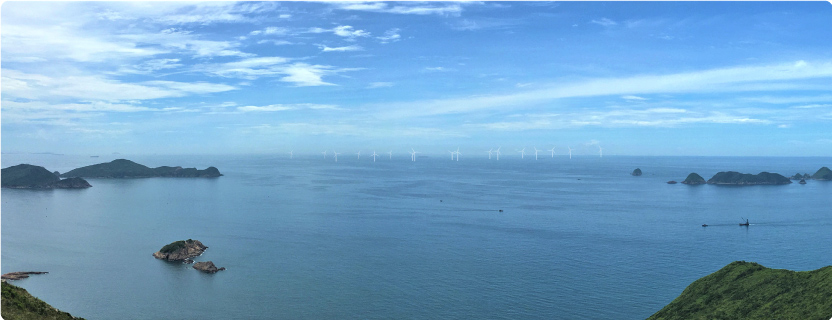Exploring Zero-Carbon Energy Sources
Did you know coal-fired electricity generation is being phased out? CLP’s coal-fired generation units at Castle Peak A Power Station will be gradually phased out, and the company will discuss with the Government the plan of phasing out the coal-fired generation units at Castle Peak B Power Station.
What about zero-carbon energy sources? You can learn more about them here, along with the other sources of energy we use.
Natural Gas
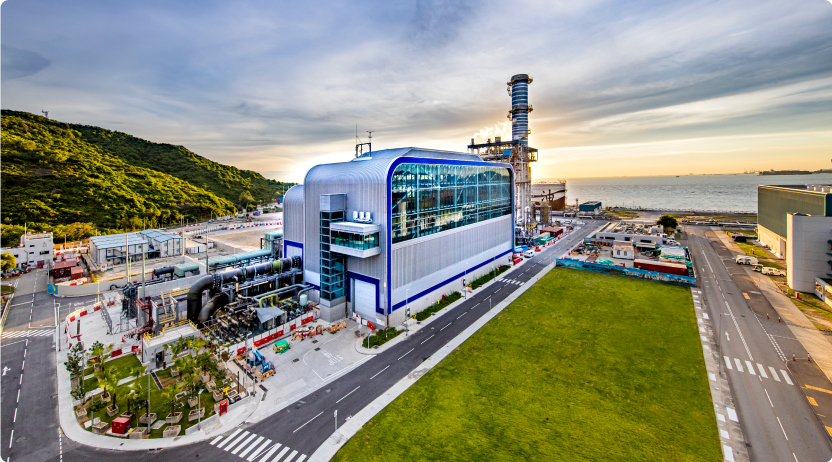
Advantages
- It outperforms coal in emissions.
- It has a high level of reliability.
Disadvantages
- It has higher fuel costs.
CLP’s Current Usage
CLP is increasing its use of natural gas to support Hong Kong’s transition to net-zero carbon emissions for electricity generation. The first new 550MW gas-fired generation unit at Black Point Power Station was commissioned in 2020, and the second new 600MW gas-fired generation unit was commissioned in 2024. This enabled CLP to substantially increase the proportion of natural gas in its local fuel mix from below 30% in 2019 to over 50% today.
Nuclear Energy
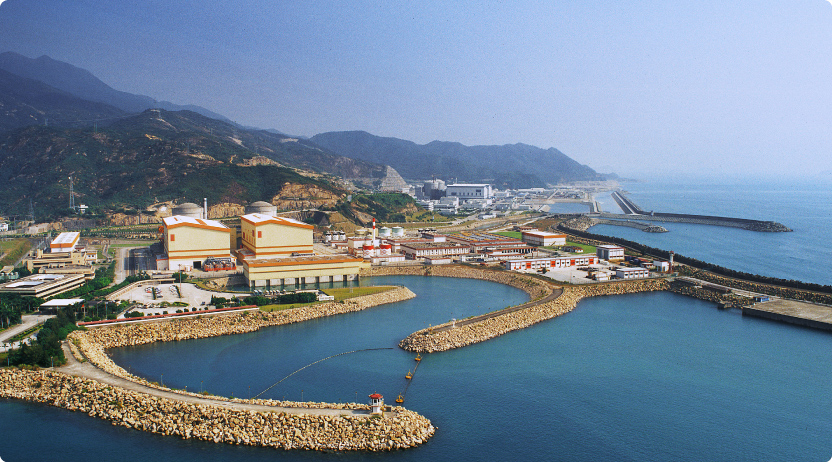
Advantages
- It is non-carbon emitting with no other air emissions.
- It has a high level of reliability.
- It enables large-scale and steady baseload power.
- Its generation costs are competitive.
Disadvantages
- It requires sophisticated and careful operational safety and waste management.
CLP’s Current Usage
Daya Bay Nuclear Power Station produces around 15 billion kWh of electricity a year, meeting a quarter of Hong Kong’s electricity demand while cutting carbon emissions by more than 7.5 million tonnes a year. It supplies power reliably to Hong Kong at a competitive price and helps stabilise the city’s electricity tariffs.
Renewable Energy
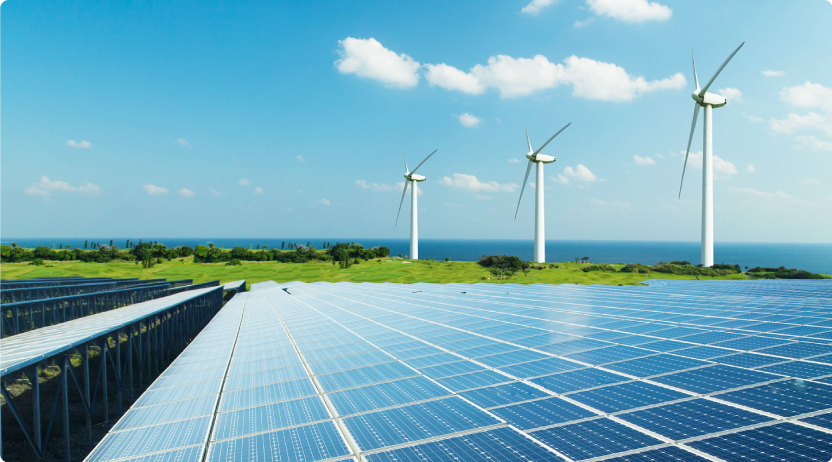
Advantages
- It produces zero carbon emissions.
- It is gaining popularity globally, especially in countries where relatively high generation costs can be supported.
Disadvantages
- It has higher generation costs.
- Its availability is intermittent in nature and requires conventional fossil fuel generation to ensure electricity supply.
- It depends on scarce natural resources.
- It requires a large amount of land.
CLP’s Current Usage
CLP launched a Renewable Energy Feed-in Tariff (FiT) scheme in support of the Government’s policy of developing renewable energy by encouraging the installation of distributed renewable energy systems. The scheme has been well received since its launch.
CLP is developing a Smart Grid to connect more renewable energy generation systems, while ensuring a safe, reliable power supply that is less vulnerable to extreme weather events.
Discover More: Feed-in Tariff (Residential)
To support the Government’s policy of promoting waste-to-energy and renewable energy initiatives, CLP has also developed the WE Station at the West New Territories (WENT) Landfill. It is the largest landfill gas power generation plant in Hong Kong. The units make use of landfill gas produced locally at the landfill site for power generation and the electricity generated will be transmitted to power grid.
The first phase of WE Station, which began operation in the first quarter of 2020, includes five generation units with a total generation capacity of 10 megawatts. In the second phase, with the commissioning of two new generation units in 2024, the generation capacity of WE Station has increased 4 megawatts to a total of 14 megawatts.
Hydrogen
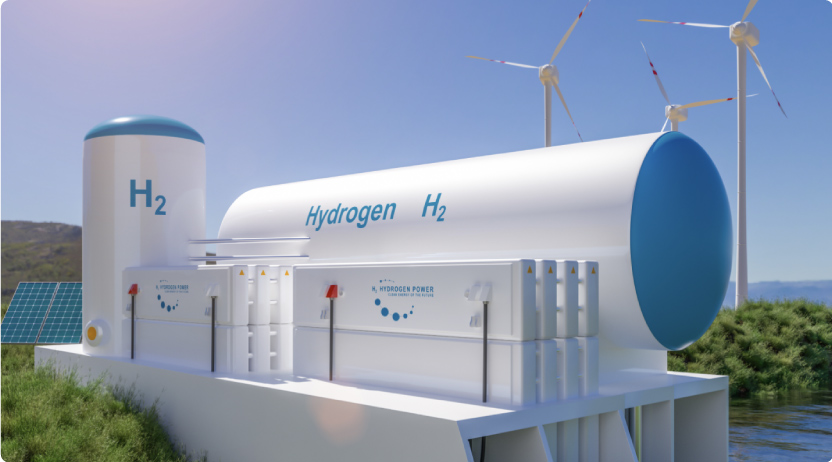
Advantages
- It produces zero carbon emissions when being burnt.
- It can be used directly as fuel or stored long-term.
- It can be used as fuel cells for vehicles.
- It is a storable source of renewable energy.
Disadvantages
- The costs of green hydrogen are still relatively high, although they are expected to fall with improvements in technology and transportation over time.
CLP’s Current Usage
CLP signed a memorandum of understanding (MoU) with GE in 2021 to collaborate on a decarbonisation roadmap for Black Point Power Station, exploring the capability of using low-carbon fuels such as hydrogen with the latest technologies.
Powering the Future
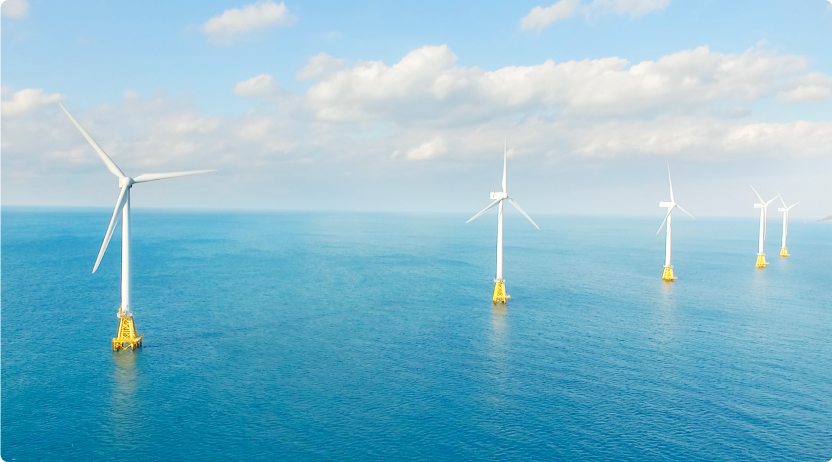
Hong Kong Offshore Wind Farm Project
Does Hong Kong use wind energy? Absolutely. With the technology and equipment of wind generation getting more mature and more cost-effective over the past decade, CLP is currently exploring the potential to develop an offshore wind farm in Hong Kong’s south-eastern waters, which would further increase the share of renewable energy in the fuel mix for Hong Kong's electricity generation and reduce dependence on fossil fuels.
